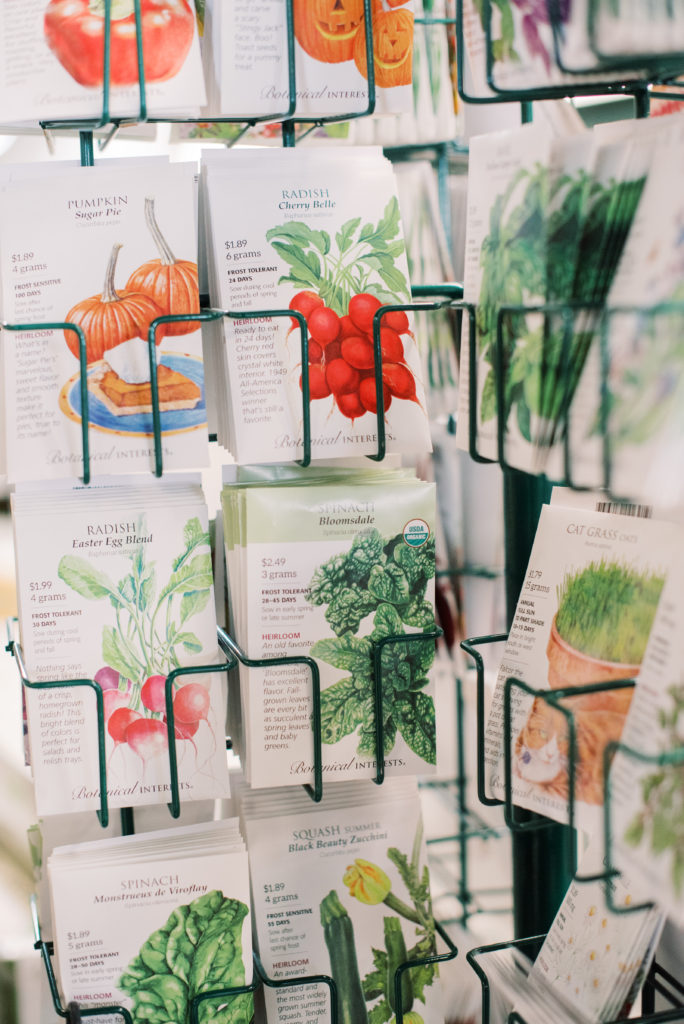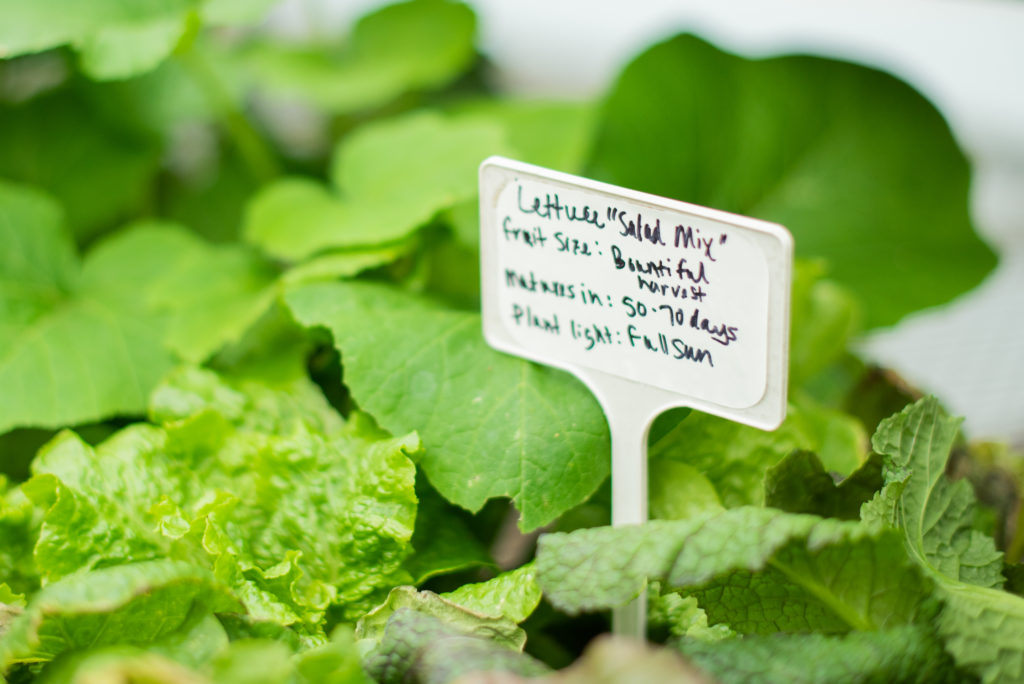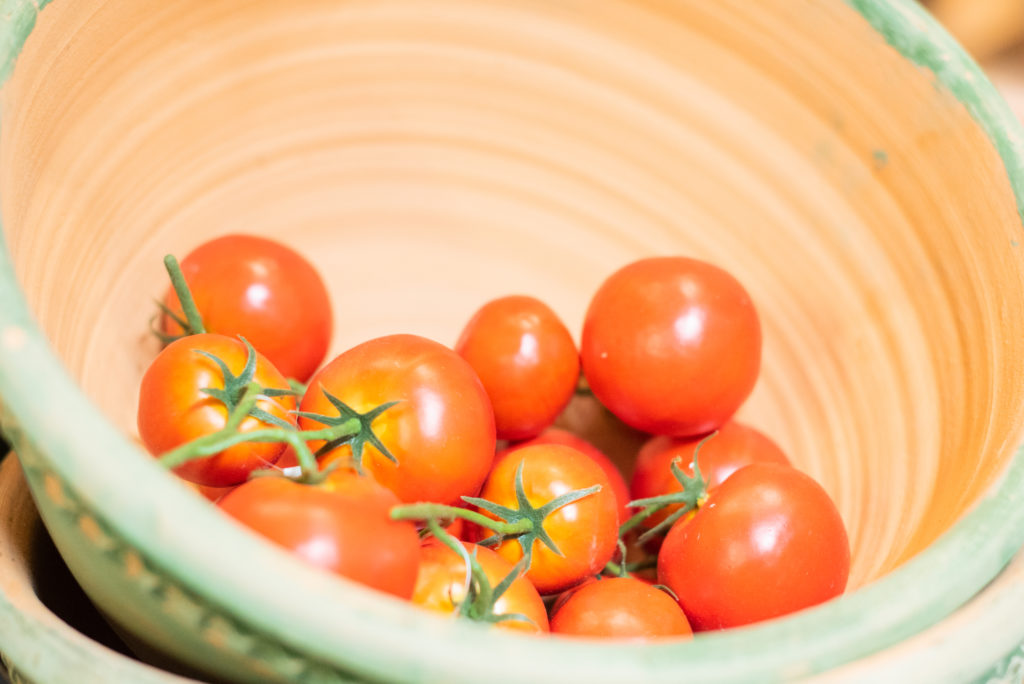
Have you ever tasted garden fresh vegetables (if not, you’re not alone!)? You will be amazed by the sweet, juicy flavors and vibrant textures. There really is nothing in the world quite like fresh veggies, especially if you grow them yourself right at home — which you can!
We understand that growing your own veggies may feel a little overwhelming at first, but it is actually a pretty rewarding hobby. And we want to share with you which seeds you should be planting right now and what to do if we get another freeze before spring.

Choosing Vegetables
When choosing which vegetables to grow at home, we think it’s best to choose easy vegetables that are also productive. It will also be important to consider our area here in the Panhandle and find out which plants grow best here. For example, you wouldn’t want to plant vegetables that prefer cooler temps when we get such extremely hot weather during our spring and summer months! Below is our list of Top 10 Easy Vegetables to grow yourself and when to plant them:
- Lettuce – Start seeds indoors March 9th – 24th, and plant seedlings or transplants outdoors April 7th – May 5th
- Green Beans – Start seeds outdoors April 28th – May 19th
- Radishes – Start seeds outdoors February 23rd – March 17th
- Tomatoes (bush variety or cherry are easiest) – Start seeds indoors February 23rd – March 9th, and plant seedlings or transplants outdoors April 28th – May 19th
- Zucchini – Start seeds indoors March 24th – April 7th, and plant seedlings or transplants outdoors May 5th – 19th
- Peppers – Start seeds indoors February 9th – 23rd, and plant seedlings or transplants outdoors April 28th – May 12th
- Beets – Start seeds outdoors April 7th – 28th
- Carrots – Start seeds outdoors March 17th – 31st
- Chard, Spinach, or Kale – Start chard seeds indoors March 9th – 24th and plant seedlings or transplants outdoors March 31st – April 7th. Start spinach seeds outdoors March 9th – 31st. Start kale seeds indoors February 23rd – March 9th, and plant seedlings or transplants outdoors March 24th – April 14th
- Peas – Start seeds outdoors March 9th – 31st

We suggest mixing in flowers such as marigolds – which discourage pests, attract pollinators, and add some beautiful, vibrant color!

5 Tips for Choosing Vegetables
- Use high-quality seeds. Seeds packets are less expensive than individual plants, but if seeds don’t germinate, your money – and time – are wasted. A few extra cents spent in spring for that year’s seeds will pay off in higher yields at harvest time.
- Be prepared to take care of your plants throughout the growing season. Going on a summer vacation? Remember that tomatoes and zucchinis are growing strongest in the middle of summer. If you’re gone part of the summer, you need someone to look after the crops or they will suffer. Or, you could just grow cool-season crops such as lettuce, kale, peas, and root veggies during the cooler months of late spring and early fall.
- Choose what you (and your family) like to eat. If no one likes brussels sprouts, don’t bother planting them! But if your kids love green beans, put more effort toward growing a big crop of beans.
- Be realistic about how many vegetables your family will eat. Be careful not to overplant, as you will only stretch yourself thin by trying to take care of tons of plants! (Although it’s also fun to give excess veggies away to friends, family, or the local soup kitchen.)
- Consider the availability of veggies at your grocery store. Maybe you want to grow tomatillos, instead of cabbage or carrots, which are readily available. Also, certain veggies are so far superior when homegrown, it’s almost a shame not to consider them (we’re thinking of garden lettuce and tomatoes). Also, homegrown herbs are far less expensive than grocery store herbs.
When To Protect Your Plants From Frost
Plants are classified according to the minimum temperatures they normally tolerate. Some plants (hardy) tolerate some amount of short-term freezing, while other plants (tender) are killed or injured by freezing temperatures.
- Tender crops that can’t withstand frost include eggplant, beans, cucumber, sweet corn, squash and melons
- If you can’t protect sensitive crops like tomatoes, harvest them early. Green tomatoes don’t need light to ripen, and in fact ripening can be slowed by light. Keep fruit 55 and 65 degrees (F) for best ripening.
- Beets, carrots, lettuce, cauliflower, and potatoes will withstand a light frost.
- Cool season crops such as cabbage, broccoli, onions, parsley, peas, radish, spinach, turnips, and Brussels sprouts will withstand a hard frost.

How To Protect Plants From Frost
The main way to protect plants from frosts is to cover them.
- Bed sheets, drop cloths, and blankets make suitable covers for vulnerable plants.
- Woven fabrics are better than solid ones such as plastic.
- Drape loosely to allow for air circulation. Do not let the material rest on the plants. Secure to the ground with rocks or bricks or stakes to keep the covering from touching the foliage beneath.
- Apply covers in early evening as winds die down, and remove the coverings when temperatures rise the next day (mid-morning) so that plants can get full exposure to the warming sunlight.
Have any questions or need advice about starting your garden? Stop by the greenhouse and ask one of our gardening experts for assistance. We are happy to point you in the right direction and get you on the path to homegrown veggie success!
Leave a Reply Cancel reply
workshop tickets
MON - SAT 9:00AM TO 6:00PM
Site Design by Hatched Studio
ABOUT PETE'S
GARDEN & GREENHOUSE
hOME & GIFTS
outdoor living
FIND US
7300 CANYON DRIVE
AMARILLO, TX 79119
806.352.1664
A Panhandle based gift shop and greenhouse. Passionately providing the feeling of home for 49 years.